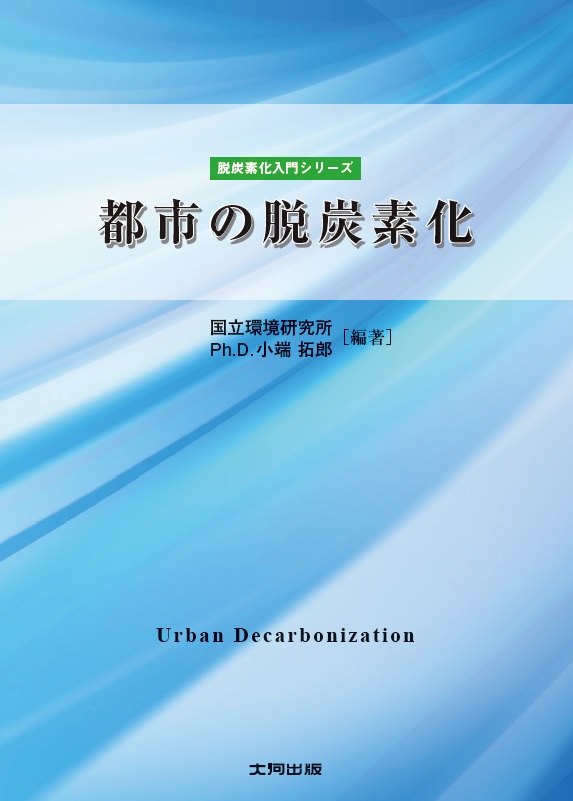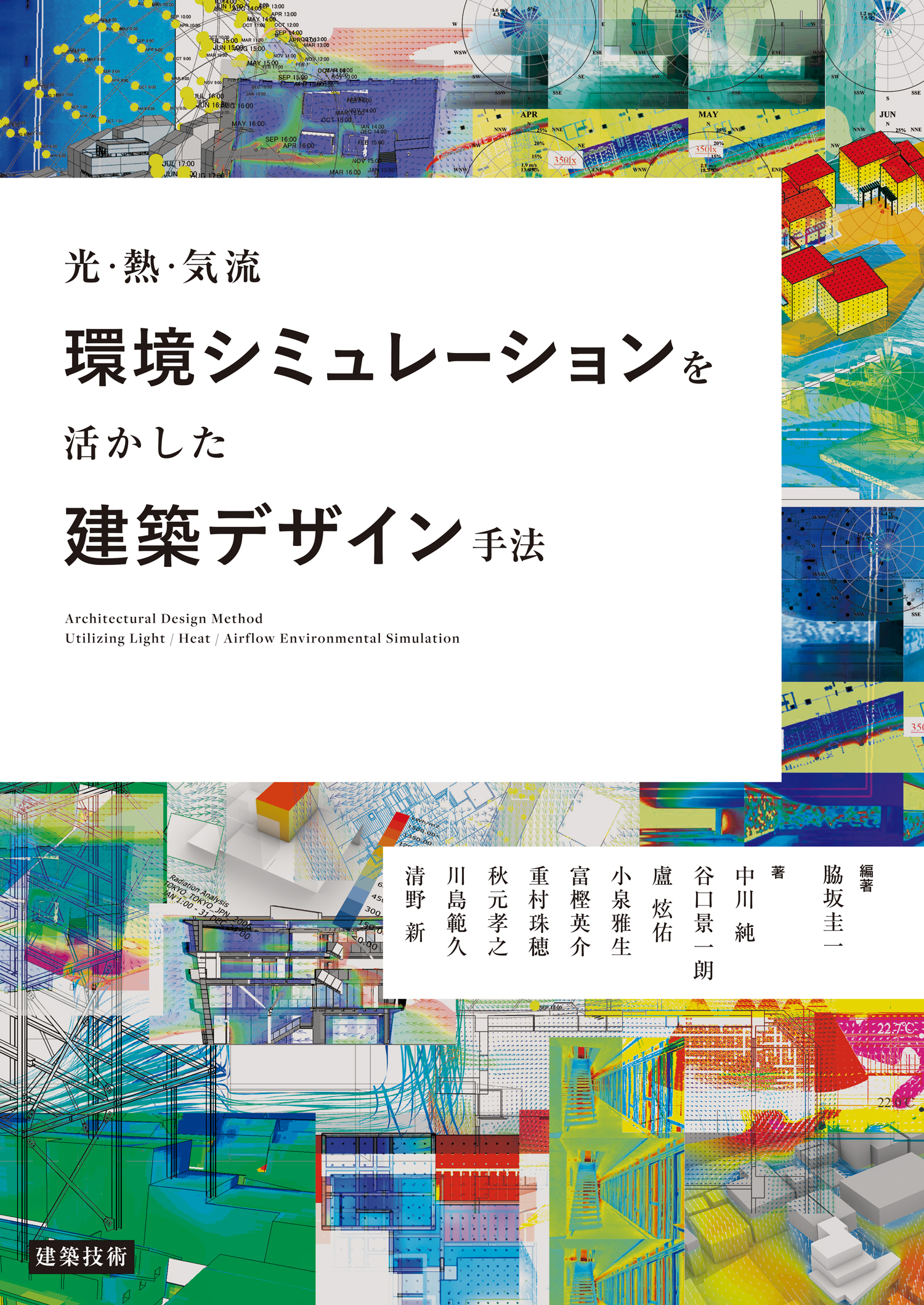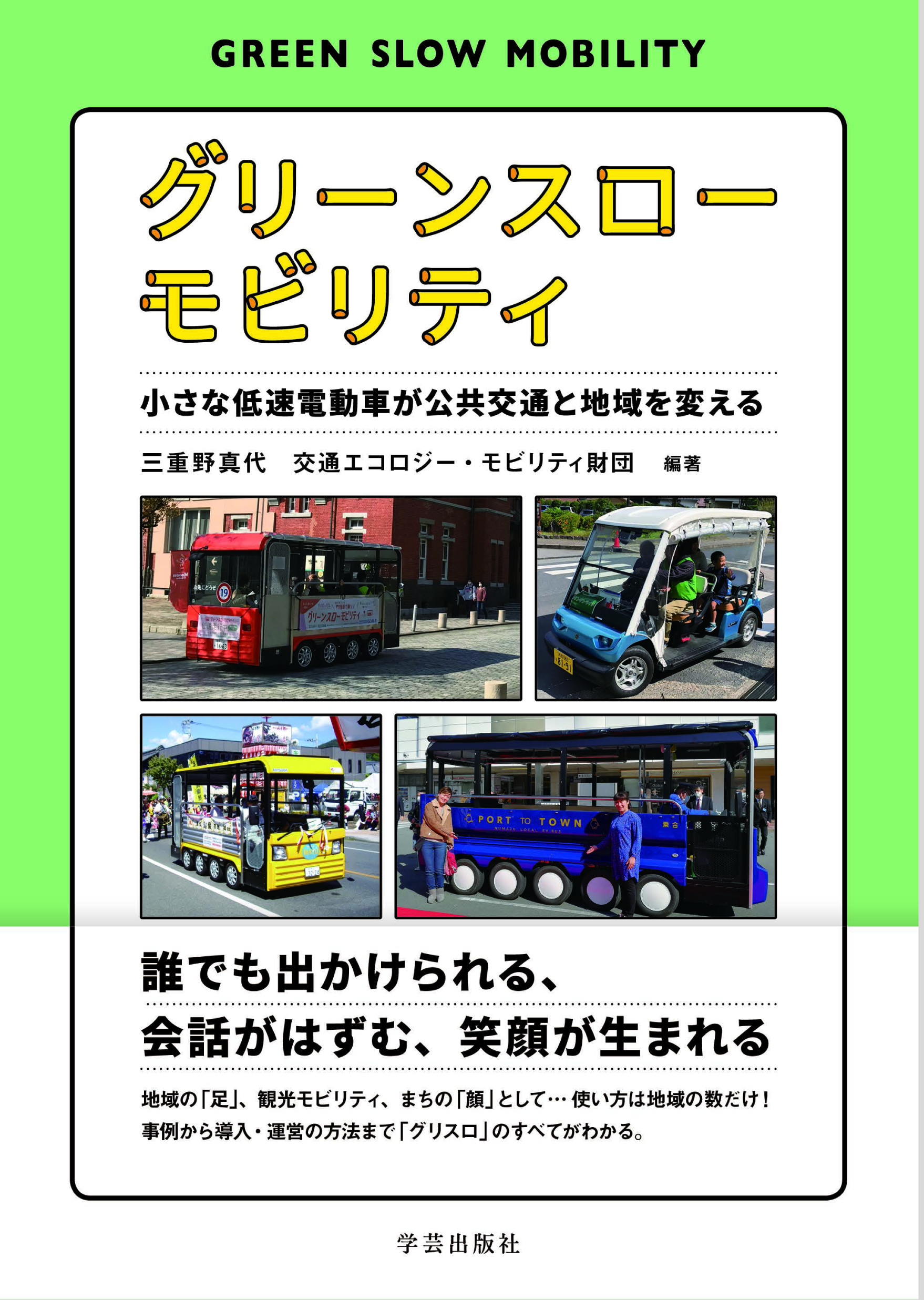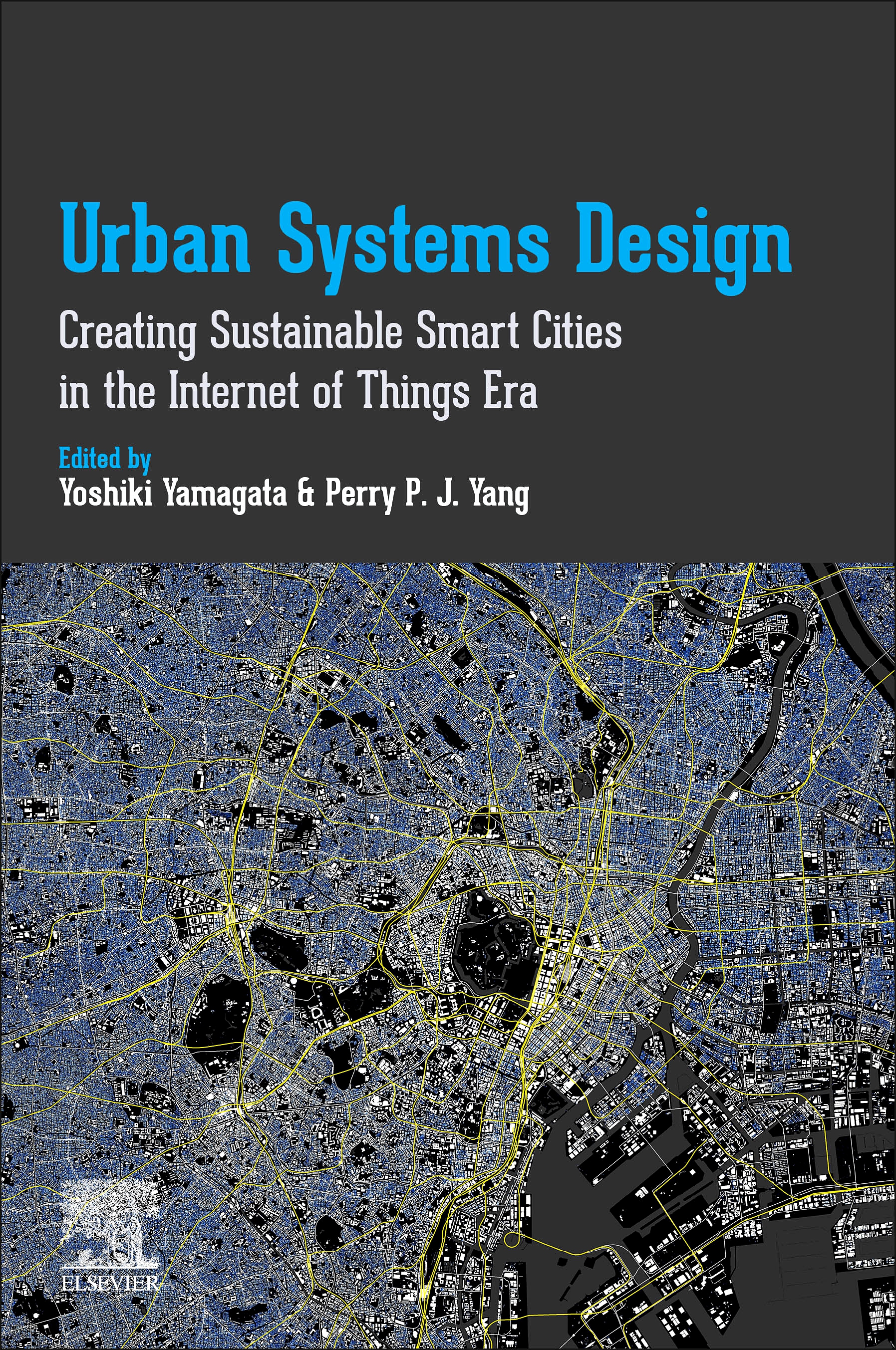
Title
Introductory Series for Decarbonization Toshi no Datsu Tanso-ka (Urban Decarbonization)
Size
270 pages, A4 format
Language
Japanese
Released
October, 2021
ISBN
978-4-88661-853-5
Published by
TAIGA Publishing Col., Ltd.
Book Info
See Book Availability at Library
Japanese Page
It is imperative for cities and districts to introduce climate change countermeasures. In the Sixth Assessment Report of the Intergovernmental Panel on Climate Change (IPCC)published in 2021–2022, a portion of the chapter title was revised to include the term “urban” from the chapter structure of the Fifth Assessment Report, emphasizing its importance. In addition, carbon dioxide emissions in three sectors (Household, Business, and Transportation) are caused by socioeconomic activities in cities, and account for about 50% of overall emissions in Japan. In addition, given that the urban population is expected to increase in the future on a global scale, introducing countermeasures in cities where many people live and emit copious carbon dioxide could become increasingly important.
In this book, 21 experts and practitioners provide their knowledge regarding urban decarbonization from various perspectives. The book consists of five parts. “Part 1: Decarbonization of Urban Life” explains how carbon dioxide is being emitted in urban settings and how decarbonization is being promoted. “Part 2: Utilization of Renewable Energy” illustrates how renewable energy such as solar power, biotechnology, wind power, and geothermal power can be linked to urban decarbonization. “Part 3: Issues for Fair and Prompt Urban Decarbonization” describes the economic, institutional, and legal challenges in promoting decarbonization. “Part 4: Roles and Efforts for the Decarbonization of Local Governments” introduces the roles and challenges of practitioners working on urban decarbonization in government offices and local governments, and methods and practices to encourage them to advance the path to decarbonization. “Part 5: From the Electrification of Automobiles toward the Construction of a SolarEV City” proposes the concept of the Solar EV City that realizes highly economical decarbonization by combining electric vehicles and solar power generation.
The author wrote “Part 1 Chapter 5: Urban Regional Carbon Mapping:Detailed Visualization of CO2 Emissions in Time and Space.” Here, we examine the research question as to how information and communication technology, which has made remarkable progress in recent years, can contribute to countermeasures against climate change. The title of the chapter, Urban Regional Carbon Mapping, is a method of evaluating carbon dioxide emissions for each individual building/road unit and hourly unit, by using big data represented by mobile phone location information. The aim is to formulate effective decarbonization policies, verify policy effects, and detect emission hotspots by making the spatio-temporal scale finer, and evaluating on a unit that is familiar and easy for people to comprehend (human scale) instead of conventional evaluation by municipality or by year.
This book covers a wide range of fields, various perspectives, and cutting-edge knowledge in a single volume, making it an ideal introduction to the current era when the movement toward decarbonization has begun to rapidly accelerate. As an unique attempt, commentary videos of about 20 minutes on YouTube by the editor and the author of each chapter has also attached. Through the videos, we want readers to experience the motivation and thoughts of each author toward decarbonization.
(Written by YOSHIDA Takahiro, Assistant Professor, the Center for Spatial Information Science / Project Assistant Professor, School of Engineering / 2022)
Related Info
IPCC, 2022: Climate Change 2022: Mitigation of Climate Change. Contribution of Working Group III to the Sixth Assessment Report of the Intergovernmental Panel on Climate Change [P.R. Shukla, J. Skea, R. Slade, A. Al Khourdajie, R. van Diemen, D. McCollum, M. Pathak, S. Some, P. Vyas, R. Fradera, M. Belkacemi, A. Hasija, G. Lisboa, S. Luz, J. Malley, (eds.)]. Cambridge University Press, Cambridge, UK and New York, NY, USA. doi: 10.1017/9781009157926
https://www.ipcc.ch/report/ar6/wg3/
Seasonal Urban Carbon Emission Estimation Using Spatial Micro Big Data (“Sustainability” Volume 10, Issue 12 Sep 2018)
https://www.mdpi.com/2071-1050/10/12/4472
Urban carbon mapping with spatial BigData (“Energy Procedia”Volume 142, p. 2461-2466 Dec 2017)
https://doi.org/10.1016/j.egypro.2017.12.183



 Find a book
Find a book




